Review: LG Lucid 3 for Verizon Wireless
Media
The Lucid 3 includes the typical list of stock Google-made "Play" apps. The Google music, video, TV, book, and magazine stores are all fine places from which to rent or purchase content. The individual apps to consume them are decent and haven't changed in quite some time. The Lucid 3 also includes the standard YouTube app, a generic MP3 player for sideloaded music, and a generic video player for sideloaded video.
Verizon also installed a whole bunch of undeletable bloatware, including Verizon Tones, NFL Mobile, and Verizon Games. There's also Audible and Amazon Kindle for listening to and reading books, and the Amazon MP3 store/player. This exact same collection of apps is preinstalled on the One and GS5, so it's likely we'll see them again and again on other Verizon devices throughout the year.
There are no fancy media apps, such as a remote control, but you do get a number of different ways to share content with other devices, including Android Beam, SmartShare Beam (reserved for LG devices only,) and Miracast. I was able to get Android Beam and SmartShare to work with no trouble, but Miracast continues to be a headache (on all devices, not just the L3). It wouldn't work for me.
Camera
The Lucid 3 carries over the camera software from LG's flagship devices, including the G2 and G Flex, though it strips out some of the cooler features. It stinks that there's no physical camera button, but the camera launches quickly enough from the lock screen or home screen shortcut.
The camera UI includes controls running down the left and right sides of the screen. There's still plenty of room on the screen for the viewfinder. The left is where all the interesting settings and features are located. Four quick action items appear here, though they can't be customized as on LG's high-end devices.
In terms of shooting modes, the Lucid 3 offers HDR, Panorama, VR panorama, burst shot and beauty shot. The VR Panorama is similar to Android's Photo Sphere, but it doesn't produce quite the same results. Photo Sphere images are easy to view and share via Google+, but LG's VR Panorama shots are not. In short, you start capturing images both back and forth, and up and down to creative a massive 360-degree shot of your viewpoint.
Burst shot takes 20 pictures in a burst and keeps all of them.
The Lucid 3 also includes a sports mode and LG's Time Catch Shot, which saves a short burst of pictures that starts before you actually press the shutter button. This helps you not miss a fleeting moment, even if you're late with the button. But you have to be in Time Catch mode already. Missing in action: Dual-shot, which lets you take pictures with the front/back cameras simultaneously. (This could be a limitation related to the processor.)
I found all the different modes more or less behave as advertised, though they each take a bit of practice to master. The VR Panorama is really a pain to learn, and you can't share the results (aside from handing your phone over to someone else), so I question why anyone should bother with it.
Beyond the shooting modes, there are a handful of controls and settings that allow you to adjust the brightness level, the focus mode, resolution/aspect ratio, ISO (or speed), white balance, color effects, timer, and so on. I like that the tools are all laid out in a single easy-to-see grid and not buried in painful menus and drop-down lists.
The on-screenshutter button is on the right. If you want to shoot video, you have to switch the Lucid 3 into video mode first. The video app is one of the slower apps on the device, but at least it lets you take stills while capturing video.
Photos
The Lucid 3 has a 5-megapixel sensor and, as you might expect, it isn't all that great. Most of the photos I took looked OK, but none of them looked great - or even good. White balance was generally on target, but focus was often soft or not accurate. Exposure ranged from good to bad. Bright spots had a tendency to blow out the sensor, which resulted in lost detail. Indoor shots were full of grain, and the flash doesn't do all that much to help other than kill the white balance. It's acceptable for those crucial shots you might otherwise miss, but bring a separate camera with you on vacation.
Video
Video, in general, comes off a bit better than regular pictures. The Lucid 3 can capture full HD video, and I found focus and exposure to be good. I didn't think white balance was all that accurate, though. You'll get the best results outside with good lighting. The Lucid 3's video camera will suffice for casual shooting, but if you're serious about your video you need to use something else.
Gallery
There are two gallery apps on the Lucid 3, an LG version of the stock Android gallery and the Google+ gallery.
The LG-modified gallery is functional and looks pretty good. It lets you view the gallery by album, date, or location. It separates the local camera roll from other online galleries that might be visible. It's a cinch to drill down into albums and swipe through individual photos. The app offers plenty of editing options. Images can be moved and renamed, cropped and rotated, as well as adjusted for exposure, color, and so on. There are a number of built-in filters that adjust the tone and artistic appeal of photos. Sharing tools are a breeze to use, and let you easily send your photos to just about any online destination.
The Google+ Photos app functions the same on the Lucid 3 as it does on other Android handsets. It has its own set of editing tools, and the Auto-Awesome feature will automatically enhance photos and turn burst-shots into animated GIFs.
Apps
With 15 Verizon-branded apps preinstalled on the Lucid 3, you could say it is crammed with bloatware. The six Amazon apps don't help. Unlike other recent Android phones from LG, none of the bloatware can be removed, which is frustrating. The operating system and preinstalled apps consume 4.44GB of the Lucid 3's 8GB internal storage. That leaves just 3.56GB for the owner. In other words, you need to get a storage card, especially if you want to use the Lucid 3 to listen to music or consume other types of media.
Bluetooth
The Lucid 3's Bluetooth radio functioned without issue. I was able to pair it with PCs, headsets, and speakers. Calls sounded OK via Bluetooth, but shy of great. Music sent to stereo Bluetooth speakers was also good, but not great. I've heard better.
Browser
The Lucid 3 skips the old Android browser entirely and only offers Chrome out of the box. Chrome is well-known at this point and it behaves well. I like the way it syncs open tabs and bookmarks between other devices, and it does a fine job of rendering web sites. It performed well on the Lucid 3 and Verizon's network.
Clock
The Lucid 3 has a simple digital clock that adorns the lock screen. I could not find a way to alter its appearance. It's white, but big enough that it is visible indoors no matter what else you have on the screen behind it. It's impossible to see outside, though.
GPS
The Lucid 3 comes with Google Maps. Paired with the Lucid 3's GPS radios, I found Maps to work perfectly. It was able to pinpoint me in less than 15 seconds and to within about 30 feet. The Lucid 3 also packages in the VZ Navigator app. VZ Navigator costs $5 per month. It is fine for plotting directions from point-to-point, but Maps is better for related searches and alternate travel methods (mass transit, etc.)
Guest Mode
Guest Mode is meant to safely protect the owner's data and settings while lending the phone to someone else (read: a kid.) Guest mode lets people play games or listen to the media player, for example, but not access email, messaging, or settings. It's a cinch to set up and helps keep private info private. The mode can be accessed with a dedicated lock screen pattern (drawing a "G" on the screen.)
KnockON / Knock Code
These two features let you wake or unlock your phone with taps on the home screen. KnockON is meant to wake the display. With KnockON, you tap the screen anywhere twice and it wakes up so you can see the lock screen. Knock Code is similar, but adds a security code. When I first demoed Knock Code earlier this year, I didn't think it worked very well. After training my own pattern on the Lucid 3 and using it for several days I can say it works quite well. Essentially, you record a pattern of knocks (between 2 and 8) using the four quadrants of the display. Once you've trained the pattern, simply tap the pattern on the locked Lucid 3 and it will automatically wake up and go to the home screen. Using Knock Code bypasses the lock screen. It worked perfectly every time for me. LG says there are more than 80,000 possible Knock Code patterns, so don't worry about others figuring it out.
QuickMemo
Like most LG devices, the Lucid 3 includes the QuickMemo app. QuickMemo lets users capture a screenshot and then open it in the Notebook app. The Notebook app lets you scribble on the screenshot with various pen styles and in various colors. You can add your own scrawled text, or insert actual typed messages, photos or videos, and send the file via email, MMS or Google+.
QSlide
The QSlide apps, which are accessible from the notification tray, are apps that appear in separate windows on top of whatever else you might be doing. The QSlide apps are resizable and let you adjust the transparency to make it easier to see what's behind them. You can also choose to open the full app by tapping a toggle button. The idea is to let you quickly access a few handy apps (calculator, notepad, calendar, videos, phone, contacts, messaging, file manager) no matter what else you're doing. Earlier this year LG gave developers an SDK so they can create their own QSlide apps. So far, only those made by LG are available, but that might change.
Smart Screen / Smart Video
The Smart Stay feature can be used to keep the Lucid 3's display on for as long as you're looking at it. It doesn't always work. For example, it is more or less useless if you're reading a Twitter update in the dark. There's a similar app called Smart Video that keeps the video player playing as long as the front-facing camera can see your face. It'll pause the video if you look away and resume when you look back. As on other phones, these features are gimmicky at best.


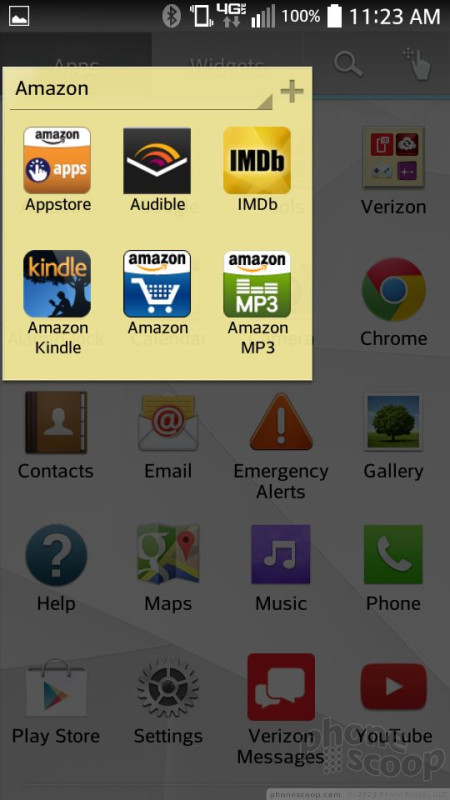





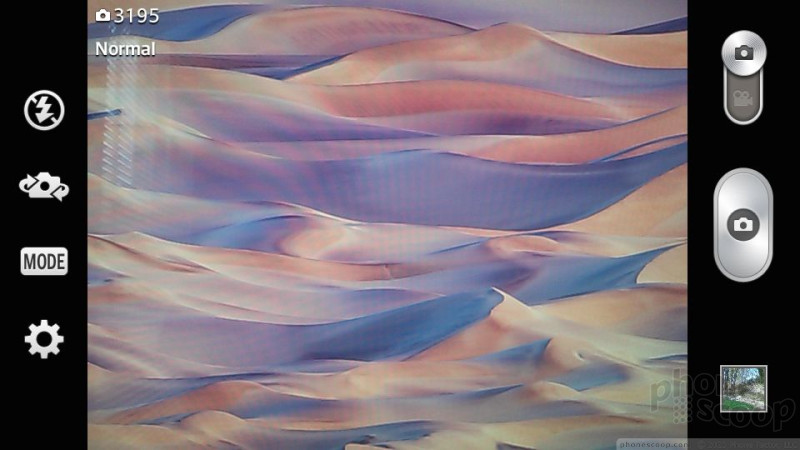





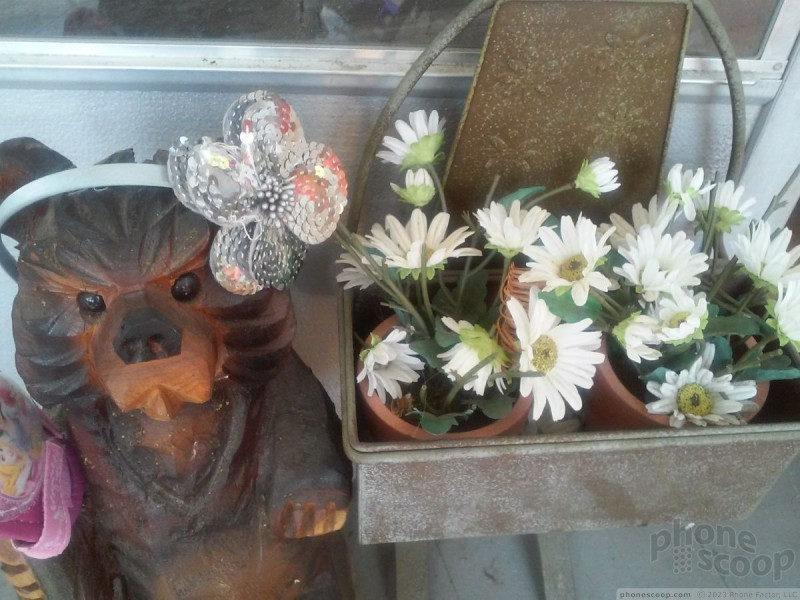













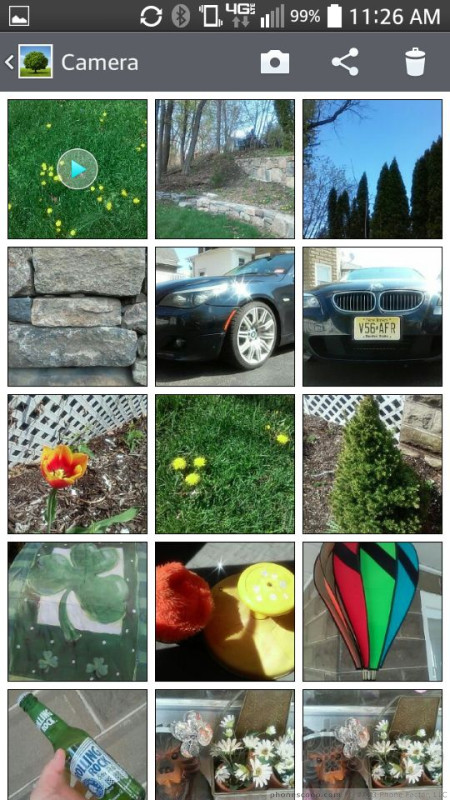






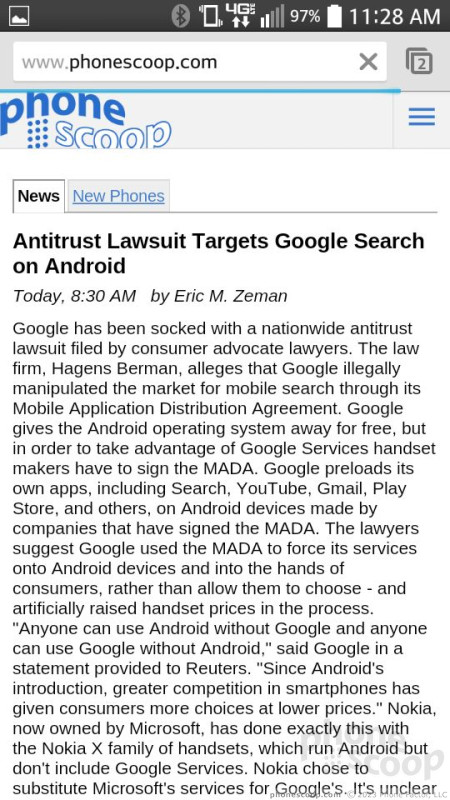




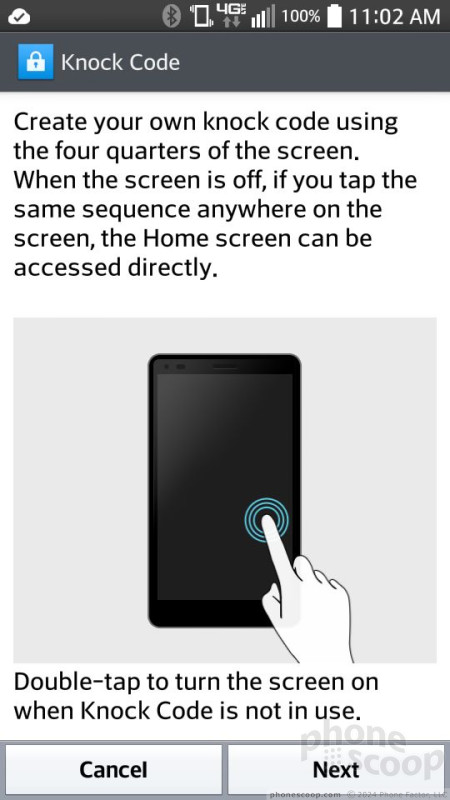





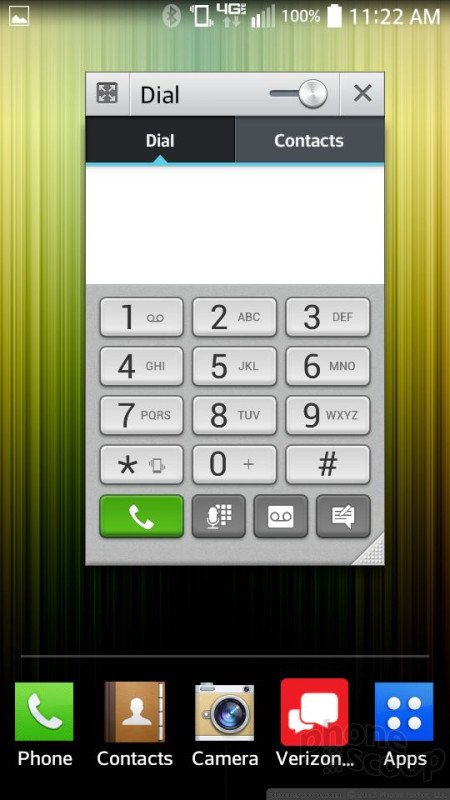



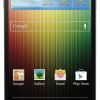 Verizon Adds LG Lucid 3 to Inexpensive Phone Roster
Verizon Adds LG Lucid 3 to Inexpensive Phone Roster
 iPhone 14 Plus Offers a Big Screen For Less
iPhone 14 Plus Offers a Big Screen For Less
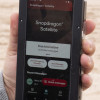 Qualcomm Taps Iridium for Satellite Connectivity
Qualcomm Taps Iridium for Satellite Connectivity
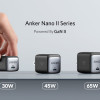 Anker's New GaN Chargers Offer High Wattage in Tiny Package
Anker's New GaN Chargers Offer High Wattage in Tiny Package
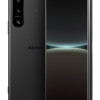 Sony's Newest Compact, High-End Phone is the Xperia 5 IV
Sony's Newest Compact, High-End Phone is the Xperia 5 IV
 LG Lucid 3
LG Lucid 3




